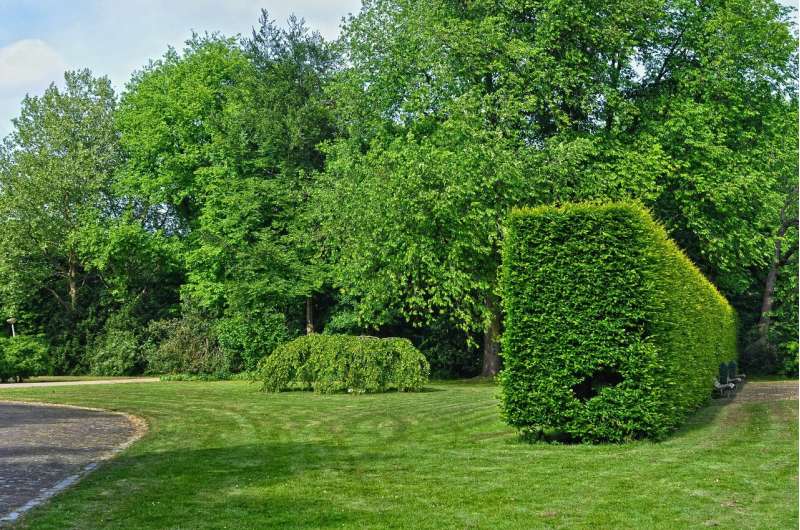sporanox use

A higher ratio of green spaces at the county level is associated with a lower racial disparity in coronavirus infection rates, according to a new study. It is the first study to report the significant relationship between the supply of green spaces and reduced disparity in infectious disease rates.
The research team included William Sullivan, a landscape architecture professor at the University of Illinois Urbana-Champaign, buy synthroid 100mcg online and was led by Bin Jiang, a landscape architecture professor at The University of Hong Kong who received his Ph.D. at Illinois, and Yi Lu, an architecture professor at City University of Hong Kong. They reported their findings in the journal Environment International.
Previous studies by Sullivan, Jiang and Lu have shown that green spaces have positive effects on health. Access to green spaces is associated with improved cognitive performance, reduced mental fatigue and stress, reduced impulsiveness and aggressiveness, increased sense of safety, reduced crime rate, increased physical activity and increased social cohesion.
Prior studies also provide strong evidence that green spaces may mitigate racial disparities in health outcomes. However, none have looked at the effect on disparities in infectious diseases. Most studies examining the racial disparity in coronavirus infections have focused on its association with socio-economic status or pre-existing chronic disease factors.
For this study, the researchers identified 135 of the most urbanized counties in the U.S., with a total population of 132,350,027, representing 40.3% of the U.S. population. They collected infection data from county health departments from late January to July 10, 2020, and used it to calculate the infection rates for Black and white residents of the counties, while controlling for differences in income, pre-existing chronic diseases and urban density.
The data showed that the average infection rate for Black residents was more than twice that of white residents—497 per 100,000 people for white individuals versus 988 per 100,000 people for Black individuals.
The researchers compared the infection rates of each population within each county, rather than across all the counties studied. The county-level comparison Is critical because it can minimize the bias caused by differences of socioeconomic, transportation, climate and policy conditions among counties, they said.
Sullivan, Jiang and Lu said several factors could account for the findings. They proposed that a greater proportion of green spaces in a county makes it more likely that Black and white individuals have more equal access to the green spaces and the accompanying health benefits.
“In many, many counties, Black folks have less access to green space than white folks do. In counties with more green space, that disparity may be less, and it may help account for some of the positive benefits we’re seeing,” Sullivan said.
The coronavirus is spread through aerosol particles, and the spread is heightened in indoor settings without adequate ventilation. Having access to green spaces attracts people outdoors, where air movement and the ease of social distancing can reduce the spread of the virus.
More access to green spaces is likely to promote physical activity, which may enhance the immune system. Green spaces enhance mental health and reduce stress, which also promotes immune system health. They strengthen social ties, which is an important predictor of health and well-being, the researchers said. Green spaces also may decrease infection risk by improving air quality and decreasing exposure to air pollutants in dense urban areas.
“We did not measure these things, but we know from previous research that all these things are tied to green spaces and have implications for health and well-being,” Sullivan said.
Jiang described green space as preventive medicine, encouraging outdoor physical activity and social ties with neighbors that will boost the immune system and promote social trust and cooperation to reduce risk of infections.
While the study looked at infection rates in the U.S., “we also think the racial disparity issue is not just an American issue. It’s an international issue,” Jiang said.
The research shows the importance for local and regional governments to invest in the development of green spaces, Sullivan said.
Source: Read Full Article
